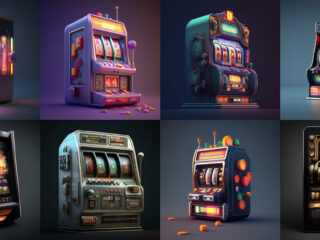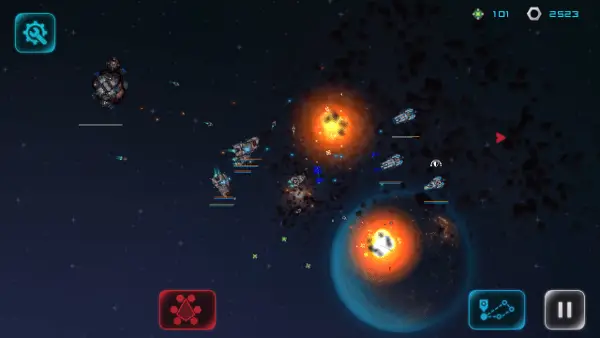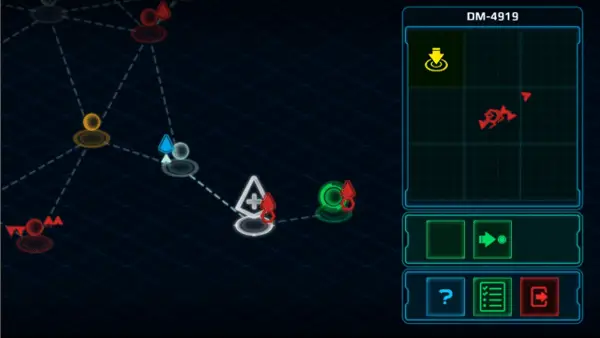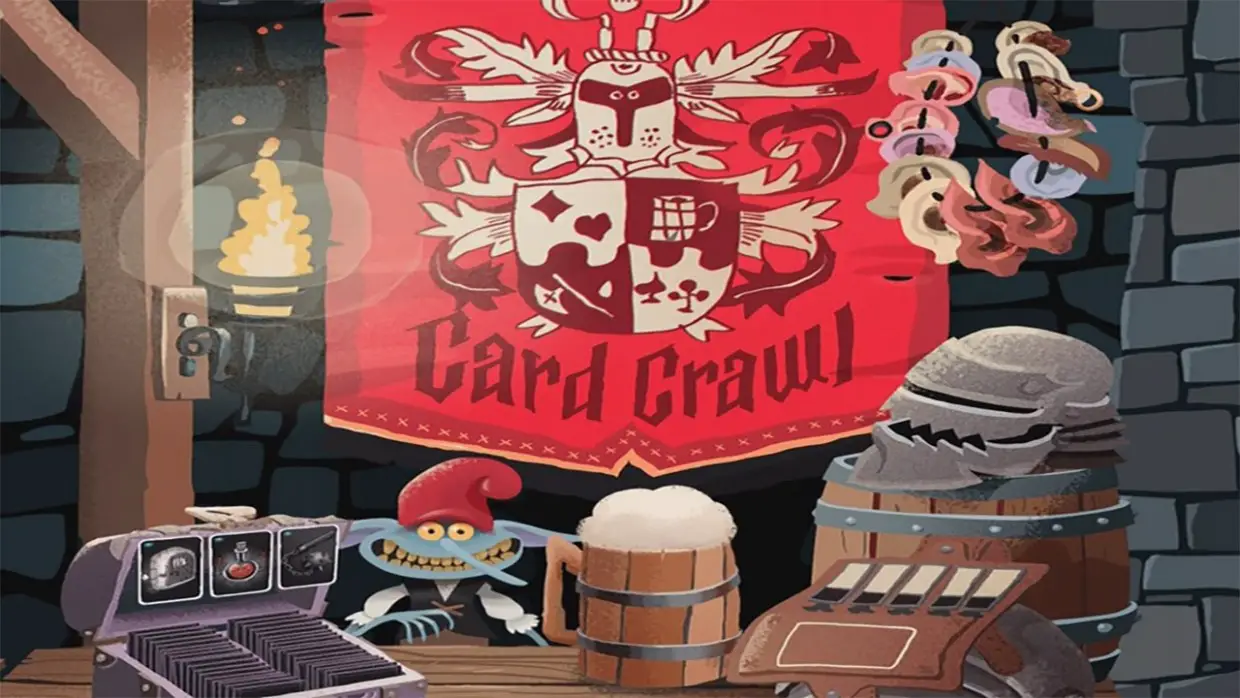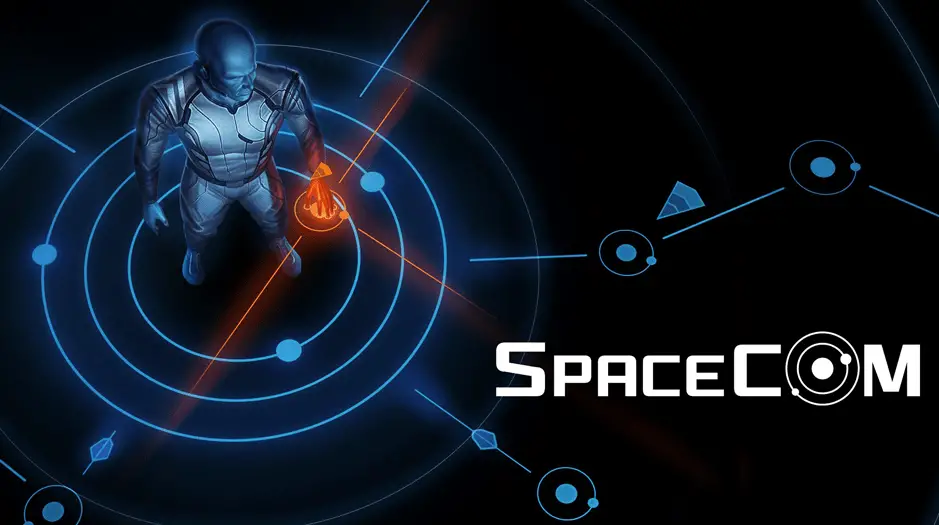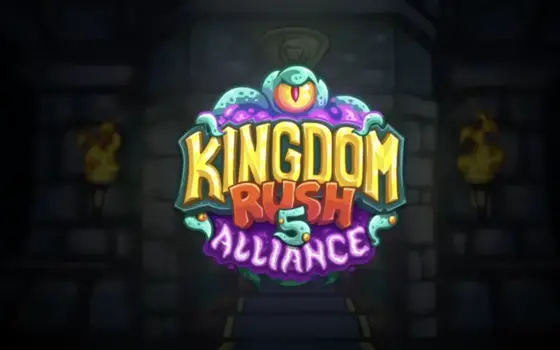 I have yet to determine what the titular “harbinger” in Battlestation: Harbinger actually is. There are plenty of battlestations around the map, but I’ve not seen one named “Harbinger.” Many of the more difficult battles could serve as a harbinger of your own personal doom, but the fate of one ship hardly seems worth such flowery language. Perhaps it’s the little man begins each run by warning you of the final boss awaiting in some distant star system. He’s not an imposing figure, but I suppose he is the most literal harbinger in the game.
I have yet to determine what the titular “harbinger” in Battlestation: Harbinger actually is. There are plenty of battlestations around the map, but I’ve not seen one named “Harbinger.” Many of the more difficult battles could serve as a harbinger of your own personal doom, but the fate of one ship hardly seems worth such flowery language. Perhaps it’s the little man begins each run by warning you of the final boss awaiting in some distant star system. He’s not an imposing figure, but I suppose he is the most literal harbinger in the game.
Melodramatic titles aside, Harbinger—one of a few space-themed Android strategy games to join the mobile cannon this year—is described by developer Bugbyte as FTL-like. Much like in FTL, you guide your spacecraft (sometimes multiple) through randomly generated star systems, encountering hostile ships, merchant space stations, or even helpless civilians seeking escort to safety. Also like FTL, your main gameplay focus is on your ship’s systems and outfitting. In battle, victory is determined not by well-placed shots or maneuvering, but by the capabilities of the guns and shield systems that you buy with your limited resources.
Most weapons and upgrades are purchased through your ship menu, which is accessible any time except in combat. Though this may seem easier than FTL, where you had to find merchants to trade with, Harbinger starts you off with absolutely nothing, not even a gun. You are provided with enough scrap to build one, maybe two weapons, before puttering off into your first battle.
I say puttering because Harbinger has a pretty leisurely pace. Though you can double tap to move around each star system, there is little reason to do so. Enemies will fly into range on their own, and collectibles will automatically be sucked into your ship at the end of each battle. Even when the guns are firing, they only get off about a round per second. This can be a little frustrating, since battles are mostly a numbers game. If your guns are stronger than the enemy’s ship, you’re guaranteed a victory, with little damage. If they aren’t, well…
FTL was notoriously difficult. Even if you survived the gauntlet to the final boss, the odds for that battle were still astronomical. Harbinger feels the same way, except that crushing battle could happen just two star systems from the start. The map screen shows you a simple breakdown of how many ships you’ll be facing of each class, but I never felt like I had enough information to be confident. A large-class ship could have either a pea-shooter or a nuke equipped, so I found it best to just stick to the small battles. Of course, you can’t avoid the big baddies forever, and they’d end me swiftly, more often than not. It’s possible to warp out of a hostile system, after a short period, but this makes a long process even longer, and I have certainly encountered single large ships that are capable of knocking me out before my hyperdrive kicks in.
So Harbinger manages to be even more difficult than FTL, but it lacks the twitch micro-managing of crew and power levels that made FTL’s combat feel dynamic. Perhaps that’s because Harbinger was built for short mobile play; even on easy mode, my best runs would be over in about thirty minutes. It seems to be splitting the difference – a shorter overall game, packed with longer, less interesting combat. And without the range of missions or random narrative hooks, it draws a poor comparison.
Hardcore?
Not quite.
There’s a little fun to be had in this sluggish FTL-lite

